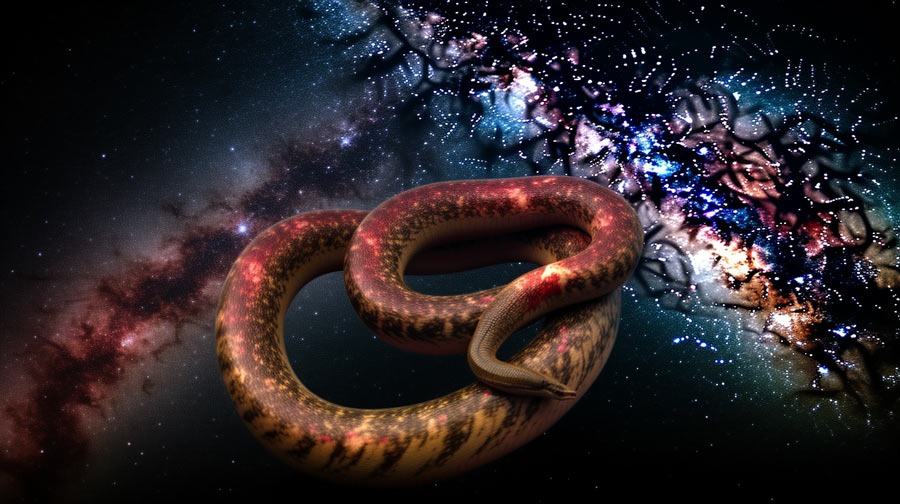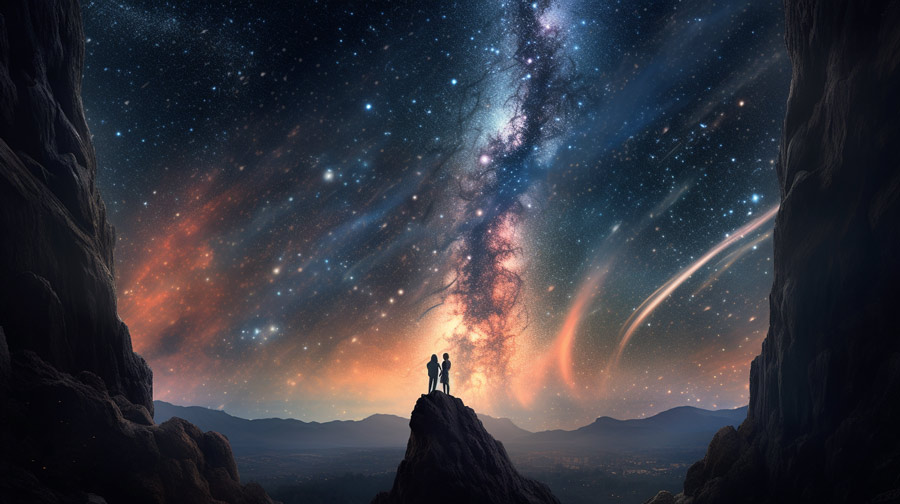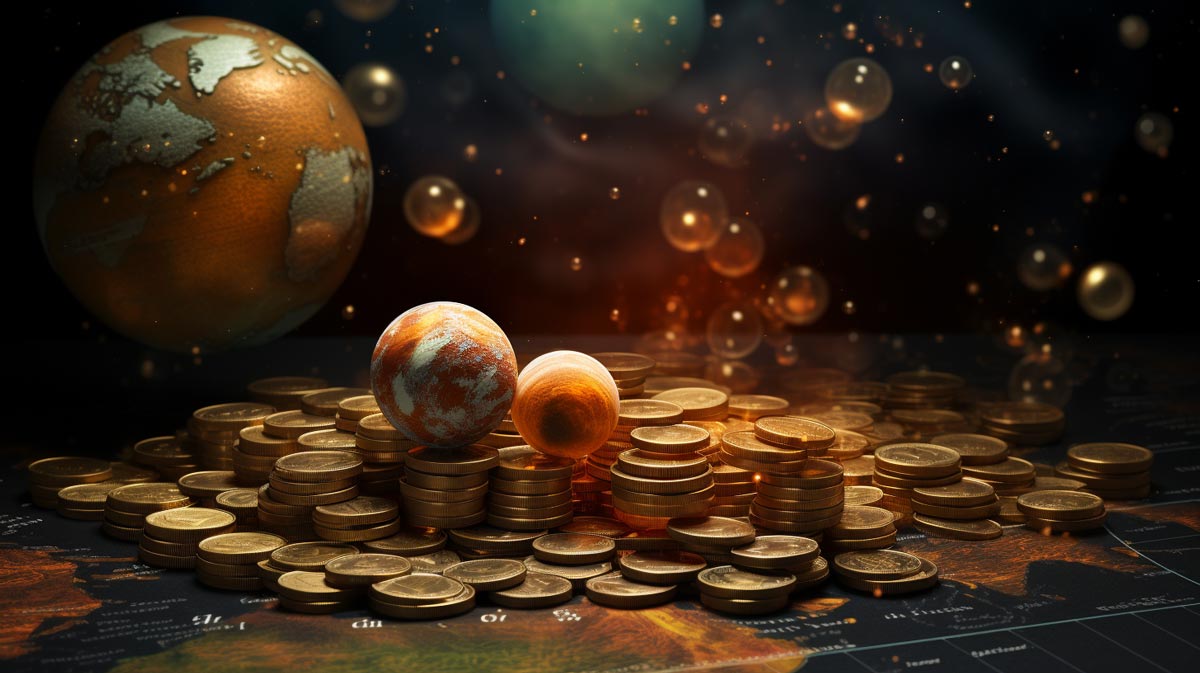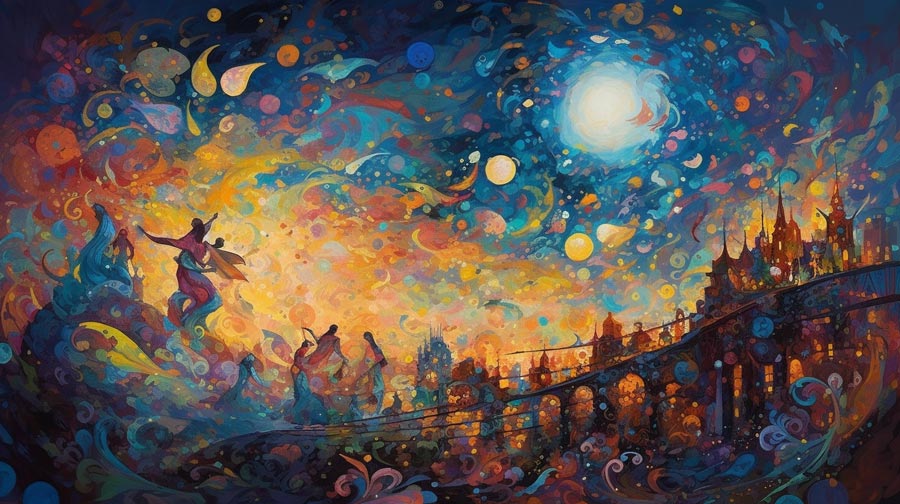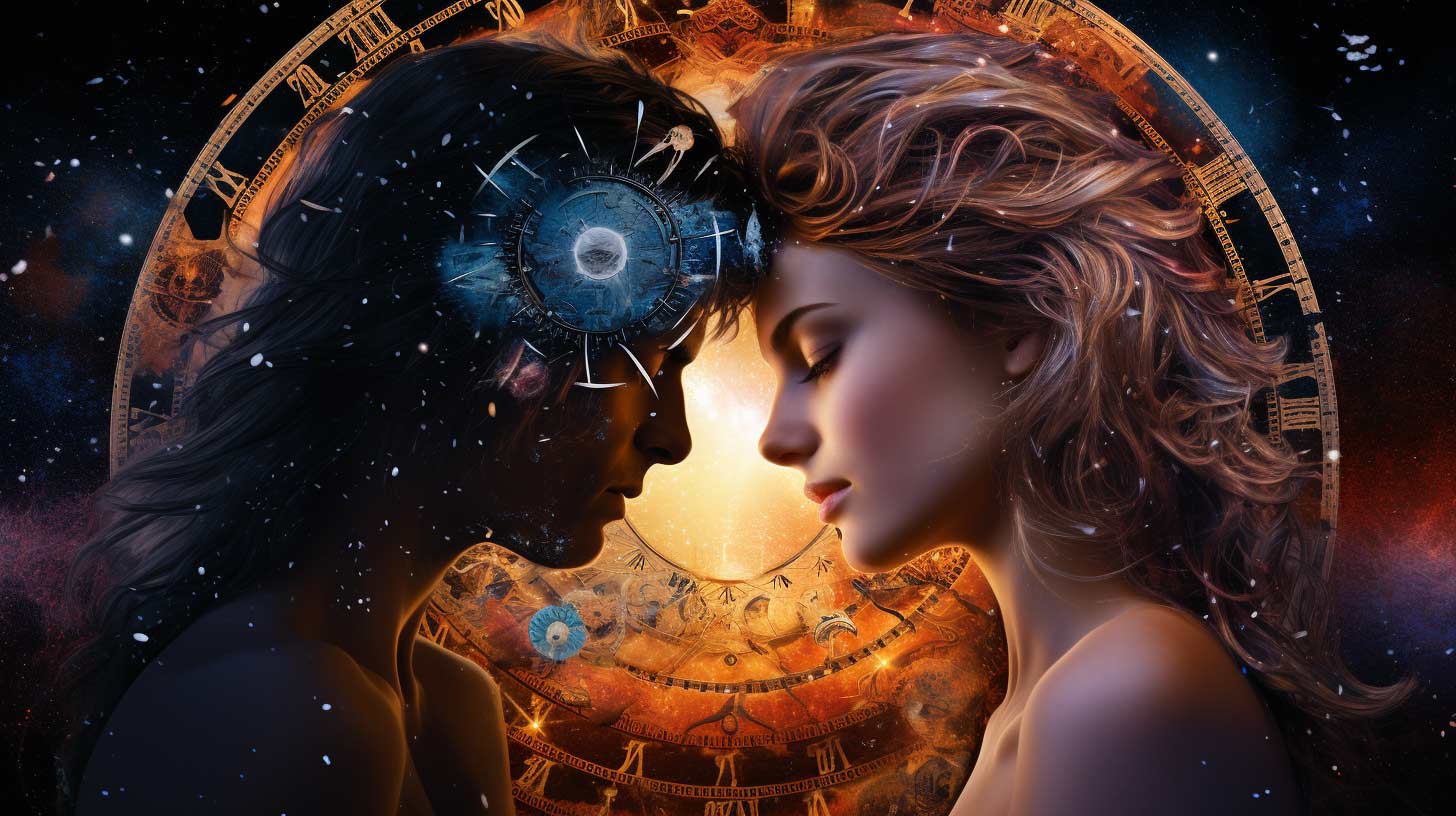Zoroastrianism and the Religion of the Mayans
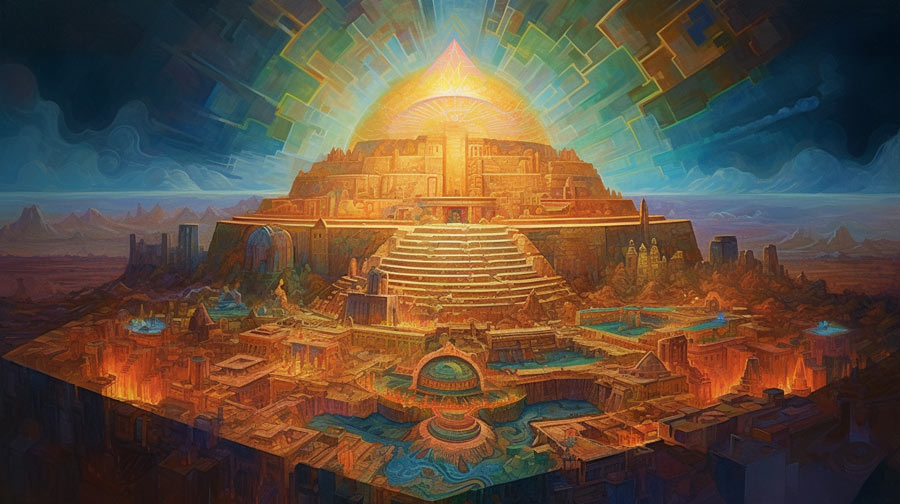
Zoroastrianism
Origins and Historical Context
Zoroastrianism, one of the world’s oldest known monotheistic religions, originated in ancient Persia (modern-day Iran) around the 6th century BCE. It was founded by the prophet Zarathustra (also known as Zoroaster), who received divine revelations and preached a message of ethical dualism. The religion gained prominence during the Achaemenid Empire and continued to flourish until the rise of Islam in the 7th century CE.
Beliefs and Teachings
Zoroastrianism revolves around the core belief in the eternal battle between the forces of good (represented by Ahura Mazda, the supreme deity) and evil (personified by Angra Mainyu). Followers of Zoroastrianism believe in the existence of an afterlife, where souls face judgment based on their deeds in the mortal realm. The religion places a strong emphasis on ethical conduct, with principles such as truthfulness, justice, and compassion serving as guiding virtues.
Practices and Rituals
Zoroastrian worship primarily takes place in fire temples, where a sacred fire, symbolizing the divine presence, is continuously kept burning. Rituals involve prayers, recitation of sacred texts (particularly the Avesta), and purification ceremonies. Zoroastrians also have important life-cycle rituals, such as the Navjote (initiation into the faith) and the Yasna ceremony (celebration of life).
Influence and Legacy
Zoroastrianism has had a profound influence on various religious and philosophical traditions. Its emphasis on monotheism, moral dualism, and the cosmic battle between good and evil has resonated in later religions, including Judaism, Christianity, and Islam. Additionally, Zoroastrian ideas of judgment, heaven, and hell have found echoes in the religious concepts of other cultures. Though Zoroastrianism is now a minority religion, it continues to be practiced by a small community mainly in Iran and India.
The Religion of the Mayans
Origins and Historical Context
The religion of the Mayans emerged in Mesoamerica during the Preclassic period (2000 BCE – 250 CE) and reached its height during the Classic period (250 – 900 CE). The Mayans, an ancient civilization inhabiting present-day Mexico, Guatemala, Belize, Honduras, and El Salvador, developed a complex belief system intertwined with their agricultural practices, astronomy, and governance.
Beliefs and Cosmology
Mayan religion was polytheistic, with numerous deities governing different aspects of life and nature. The Mayans believed in the cyclical nature of time and the existence of multiple realms, including the earthly plane, the underworld, and the celestial realm. They considered themselves connected to the natural world, engaging in rituals to appease the gods and maintain harmony between humans and the divine.
Rituals and Ceremonies
The Mayans conducted elaborate ceremonies, often performed by priests, to honor their deities and seek blessings for their community. These rituals included offerings, bloodletting, dances, and the use of sacred objects and symbols. Mayan cities were centered around grand temples and pyramids, where rituals and sacrifices were carried out to ensure the prosperity and protection of their society.
Influence and Decline
The Mayan religion had a profound impact on the development of the civilization itself, shaping their societal structure, governance, and worldview. However, with the arrival of European colonizers in the 16th century, the Mayan religion faced suppression and forced conversion to Christianity. As a result, many of the religious practices and beliefs were lost or transformed, and the Mayan civilization declined.
Comparing Zoroastrianism and the Mayan Religion
While Zoroastrianism and the Mayan religion arise from different regions and time periods, they share certain commonalities and divergences.
Similarities:
- Both religions exhibit elements of dualism and the belief in the eternal struggle between good and evil.
- They emphasize the importance of ethical conduct and moral values.
- Fire holds significant symbolic and ritualistic importance in both religions.
Differences:
- Zoroastrianism is a monotheistic religion, while the Mayan religion is polytheistic.
- Zoroastrianism places a stronger emphasis on the afterlife and judgment, whereas the Mayans focus more on cyclical time and the connection to the natural world.
Conclusion
Zoroastrianism and the Mayan religion stand as fascinating examples of ancient belief systems that have left a lasting impact on human history. Both religions offer distinct perspectives on spirituality, ethics, and the relationship between humans and the divine. While Zoroastrianism survives as a minority faith today, the Mayan religion has undergone significant transformations due to historical events. Exploring these religions enriches our understanding of humanity’s diverse spiritual and cultural expressions.
Read More Here
Think of the second house as your cosmic financial blueprint. In astrology, it symbolizes your personal values, self-worth, and, most importantly, your financial matters. It's like a magnifying glass that helps you examine your relationship with money, your earning potential, and how you manage your finances. And guess what?
In the captivating realm of astrology, the dance of celestial bodies reveals more than just a cosmic spectacle. Planets, like chess pieces on a celestial chessboard, have preferred positions in the zodiac known as essential dignities. Understanding these dignities—domicile, detriment, exalted, and fall—unveils profound insights into the intricate tapestry of our astrological journey.
In these retrograde moments, planets like Venus and Mars, the celestial matchmakers, decide to take a breather. They might throw a wrench into your romantic gears, causing miscommunications and emotional rollercoasters. But wait, there's a silver lining! These hiccups in the cosmic rhythm are opportunities for growth and self-discovery. So, remember to embrace them with patience and an open heart.

